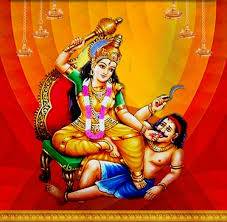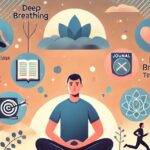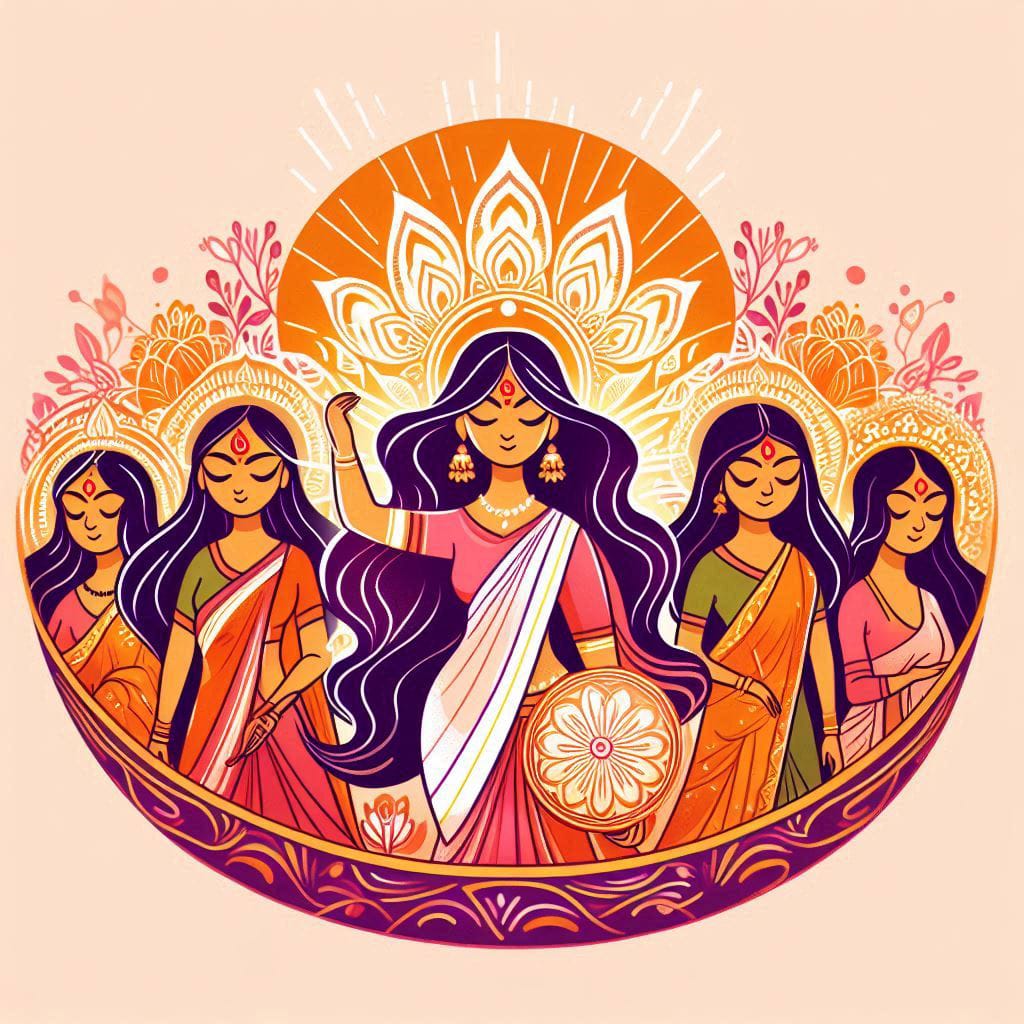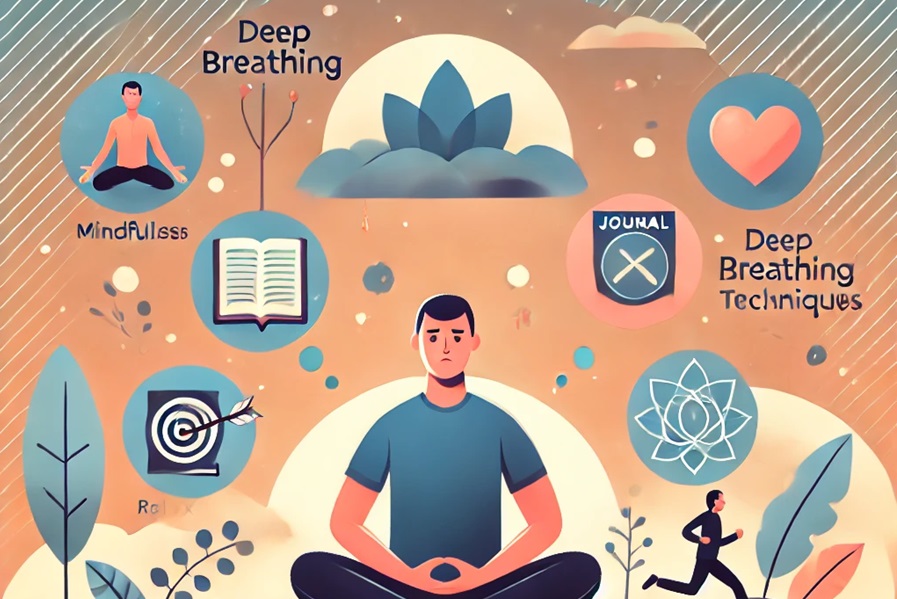Navratri, the Festival of Power and Devotion
Navratri is a well-known Hindu event that celebrates Goddess Durga in nine different manifestations over nine nights. The title “Navratri” means “nine nights,” emphasizing the festival’s length. This event not only represents the triumph of virtue over evil, but it also represents themes of strength, dedication, and divine femininity.
Goddess Durga’s Nine Forms
During Navratri, each day is dedicated to one of Goddess Durga’s nine forms, known as Navadurga. Each shape represents a different set of characteristics and virtues, and followers adore her through rituals, petitions, and donations.
Here are the nine forms.
1. Shailaputri: The daughter of the mountains, she represents stability and strength, and she is frequently represented riding a bull.
2. Brahmacharini: This shape, which represents wisdom and penance, embodies devotion and austerity. She carries a rosary and a waterpot.
3. Chandraghanta: A warrior goddess, she is represented with a crescent moon on her forehead, representing peace and valour.
4. Kushmanda: She is the creator of the cosmos and embodies cosmic energy. She is frequently depicted with a pumpkin and is thought to grant the wishes of her followers.
5. Skandamata: As Lord Skanda’s (Kartikeya) mother, she epitomises love and maternal instincts. She is portrayed holding her son and represents maternal benefits.
6. Katyayani: A ferocious warrior who embodies strength and courage. She is frequently called for protection from evil.
7. Kalaratri: The remover of evil, she represents darkness and protection. She is shown as terrifying, symbolising the eradication of impediments.
8. Mahagauri: She is shown with a calm demeanour, representing purity and peace. She embodies knowledge and spiritual development.
9. Siddhidatri: The goddess of success and accomplishment, she represents spiritual fulfilment and divine rewards.
Celebrations and Rituals
Navratri is celebrated with great excitement throughout India and among the Indian diaspora abroad. Key features of the celebration include:
1. Fasting: During these nine days, many devotees fast from specific foods in order to purify their bodies and minds. Some may only eat fruits and milk, while others may refuse any solid foods.
2. Puja (Worship): Devotees conduct elaborate rituals every day, including prayers and offerings of flowers, fruits, and sweets. Rituals frequently include recitations of sacred texts and singing devotional melodies.
3. Dandiya and Garba: In the evenings, traditional dances such as Garba and Dandiya Raas are performed to celebrate the festival’s enthusiasm and joy. People wear colourful traditional clothes and dance in circles to invoke the goddess’ blessings.
4. Cultural Programs: A variety of cultural activities, music performances, and dramas based on the goddess’ legends are organised. These events promote community spirit and cultural bonds.
The story of Lord Rama worshipping Maa Durga
One of the most famous Navratri legends is about Lord Rama worshipping Goddess Durga before his battle with the evil king Ravana. According to the Ramayana, Lord Rama sought Goddess Durga’s blessings to obtain strength and triumph over evil. According to legend, before beginning on his expedition to rescue his wife, Sita, from Ravana, Lord Rama conducted a strict penance and worshipped Goddess Durga on the banks of the Sarayu River. He presented her with 108 blue lotuses while reciting her holy names in order to obtain her blessings for his mission’s accomplishment. Goddess Durga, pleased with his devotion, appeared before Lord Rama and promised him her benefits. She gave him the divine weapon “Chakra” and the strength to defeat his adversaries. Rama, empowered by her grace, engaged Ravana in a violent battle, eventually destroying him and restoring dharma (righteousness). This story emphasises the need of seeking spiritual guidance and strength via devotion, as well as believing that with faith and endurance, any challenge can be conquered.
Conclusion
Navratri is a period of deep spiritual importance and cultural festivity. It is more than just a religious celebration; it also honours life, courage, and femininity. It brings people together in dedication and joy, instilling a sense of community and cultural identity. The festival finishes with Dussehra, which commemorates Lord Rama’s victory over Ravana and reinforces the everlasting lesson that virtue always wins over evil. Through devotion and celebration, Navratri continues to inspire innumerable believers to seek strength, love, and spiritual development.
Thanks and regards
Astro Ritu Bhatia

An experienced astrologer with over 7 years of expertise in guiding individuals through the wisdom of the stars. My knowledge spans both Western and Vedic astrology, Tarot, and Angel healing. I can provide personalized insights and predictions that help users navigate their personal and professional lives. I specialize in birth chart analysis, future predictions, and relationship advice. Throughout my career, I have assisted countless individuals in making informed decisions and finding clarity in their journeys. My approach is user-focused, offering clear, accurate, and compassionate guidance. I’m committed to helping others with astrology in a meaningful way, empowering them to unlock their potential and achieve their goals.











